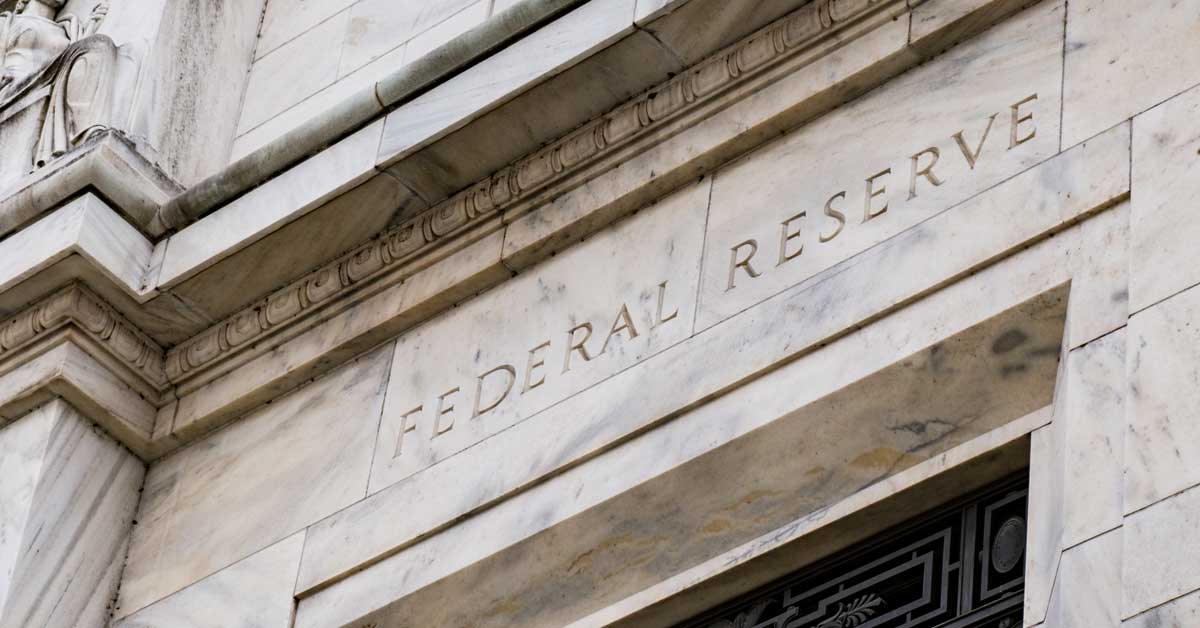The Federal Reserve declared that it will begin tapering its asset purchases, a development that was widely expected around the mortgage lending industry.
The change was announced after the Wednesday meeting of the central bank’s Federal Open Market Committee (FOMC), which cited COVID-19 vaccination progress, strong policy support, and strengthening employment and economic activity in making its decision. The Fed had been undertaking asset purchases at a monthly rate of $120 billion. Now the fed will begin pulling back on these purchases by $15 billion per month — tapering $10 billion from its purchases of Treasury securities and another $5 billion in agency mortgage-backed securities.
Tapering is set to begin “later this month,” which would bring November’s acquisitions to $70 billion in Treasury securities and $35 billion in mortgage-backed securities. In December, these purchases will be reduced to $60 billion and $30 billion, respectively, and so on. Per the FOMC’s statement, it will continue to monitor the economic situation moving forward and is prepared to adjust the pace of purchases again if warranted.
Mike Fratantoni, senior vice president and chief economist at the Mortgage Bankers Association (MBA), confirmed that the move came as no surprise.
“The timing and amount of tapering are in line with market expectations and as previously communicated by the Fed,” Fratantoni said.
“The statement continues to signal that they will wait to increase short-term rates until the economy has reached full employment. Although job growth has been slower the past two months, there may well be a pickup through the remainder of the year. Employers continue to struggle to fill millions of open positions. We expect that the economy will be at full employment by the middle of next year.”
In terms of the impact of this shift on the housing market, Fratantoni noted that “the pace of home-price growth and rental growth will likely be reflected in faster growth of the shelter components in several inflation measures.”
“This trend is one reason why we believe that higher inflation is likely to persist,” he said, referencing the trade organization’s newest market forecast that included inflation on a more ongoing basis. “Shelter prices continue to face upward pressures because of the lack of for-sale inventory and decreasing vacancy rates for apartments.”
The Fed’s asset purchases have helped keep financing affordable during the COVID-19 health crisis. With the Fed now winnowing these activities, interest rates are projected to keep trending upward. But with tapering on the radar of industry stakeholders for a while, Fratantoni said that the MBA programmed such a change in its calculations. The group stands firm on its mortgage rate forecast, predicting an increase from 3.2% today to about 4% by the end of next year.






